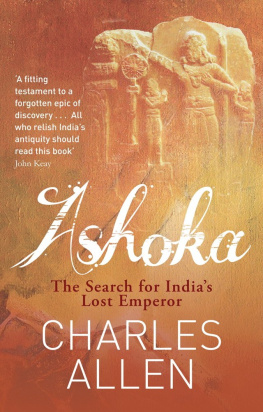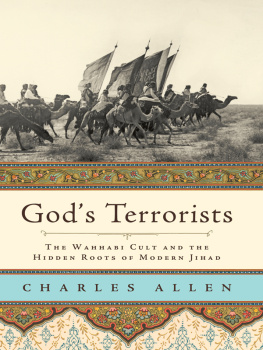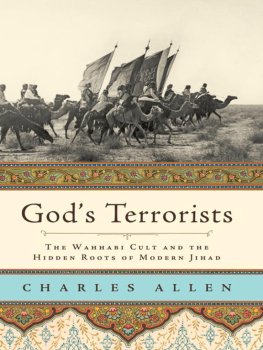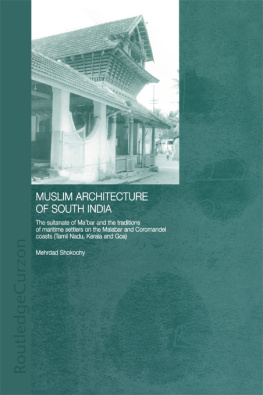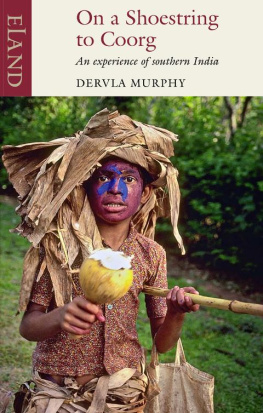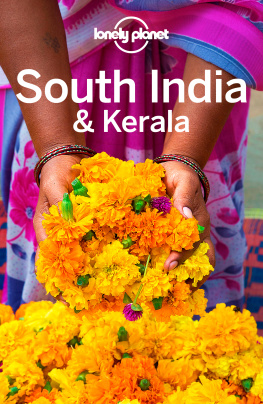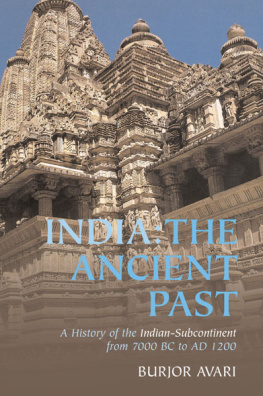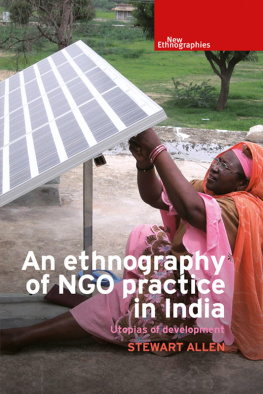Charles Allen - Coromandel: A Personal History of South India
Here you can read online Charles Allen - Coromandel: A Personal History of South India full text of the book (entire story) in english for free. Download pdf and epub, get meaning, cover and reviews about this ebook. year: 2017, publisher: Little, Brown Book Group, genre: Politics. Description of the work, (preface) as well as reviews are available. Best literature library LitArk.com created for fans of good reading and offers a wide selection of genres:
Romance novel
Science fiction
Adventure
Detective
Science
History
Home and family
Prose
Art
Politics
Computer
Non-fiction
Religion
Business
Children
Humor
Choose a favorite category and find really read worthwhile books. Enjoy immersion in the world of imagination, feel the emotions of the characters or learn something new for yourself, make an fascinating discovery.

- Book:Coromandel: A Personal History of South India
- Author:
- Publisher:Little, Brown Book Group
- Genre:
- Year:2017
- Rating:4 / 5
- Favourites:Add to favourites
- Your mark:
- 80
- 1
- 2
- 3
- 4
- 5
Coromandel: A Personal History of South India: summary, description and annotation
We offer to read an annotation, description, summary or preface (depends on what the author of the book "Coromandel: A Personal History of South India" wrote himself). If you haven't found the necessary information about the book — write in the comments, we will try to find it.
Coromandel: A Personal History of South India — read online for free the complete book (whole text) full work
Below is the text of the book, divided by pages. System saving the place of the last page read, allows you to conveniently read the book "Coromandel: A Personal History of South India" online for free, without having to search again every time where you left off. Put a bookmark, and you can go to the page where you finished reading at any time.
Font size:
Interval:
Bookmark:
Plain Tales from the Raj
Tales from the Dark Continent
Tales from the South China Seas
Raj Scrapbook
The Savage Wars of Peace
Thunder and Lightning
Lives of the Indian Princes
A Soldier of the Company
A Glimpse of the Burning Plain
Kiplings Kingdom
A Mountain in Tibet
The Search for Shangri-La
The Buddha and the Sahibs
Soldier Sahibs
Duel in the Snows
Gods Terrorists
The Buddha and Dr Fhrer
The Taj at Apollo Bunder
Kipling Sahib
Ashoka
The Prisoner of Kathmandu
Published by Little, Brown
ISBN: 978-1-4087-0540-7
Copyright 2017 Charles Allen
The moral right of the author has been asserted.
Maps John Gilkes
All rights reserved. No part of this publication may be reproduced, stored in a retrieval system, or transmitted, in any form or by any means, without the prior permission in writing of the publisher.
The publisher is not responsible for websites (or their content) that are not owned by the publisher.
Little, Brown
Little, Brown Book Group
Carmelite House
50 Victoria Embankment
London EC4Y 0DZ
www.littlebrown.co.uk
www.hachette.co.uk
History would be an excellent thing, if it were only true.
Leo Tolstoy, writing to N. N. Gusev, 1908.
The past is never dead. Its not even past.
William Faulkner, Requiem for a Nun, 1951.
Paraphrased by Barack Obama in his presidential nomination speech A more perfect union, Philadelphia, 1 March 2008.
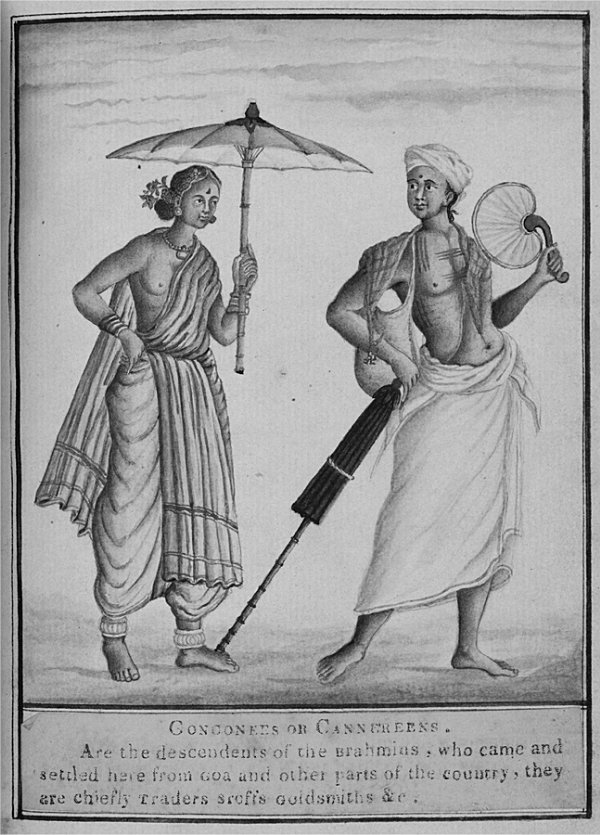
Gouache of a Brahmin couple from the Konkan, from an album of Native types, c. 1845. The crudely printed caption reads: CONCANEES or CANNEREENS are the descendants of the Brahmins, who came and settled here from Goa and other parts of the country, they are chiefly traders sroffs [shroffs, or bankers, from Arabic saraaf] goldsmiths &c.
distribution of the main South Asian language groups
India south of the Vindhyas, showing the main river basins
Modern distribution of population groups with Y Chromosome Haplogroup R1a1a
The Helmand River basin in south-west Afghanistan
Tamil-Brahmi rock inscription sites in the Madurai region
region
The Satavahana (Andhra) heartland 150 BCE to 200 CE
The Madras Presidency and local Indian princely states
The maps depicted in the book are a creation of the author for illustrative purposes only. The maps and the external boundaries of India on the maps have not been authenticated and may not be legally or factually correct.
A HEALTH WARNING TO THE READER
This book is mostly about South India and aspects of its cultural history that I find particularly fascinating or challenging. I do not claim for one moment that it is more correct as history than anything else that has been written, only that it is my attempt to make sense of some of the forces and contradictions that have shaped the multifarious culture of the Indian South hence my subtitle a personal history. Although written for a general readership I very much hope it will also appeal to English-speaking readers in India and to HINAs (Hindus in North America) and HIBs (Hindus in Britain) hence my health warning.
I write as a secular humanist. Despite my Indian roots, my cultural attitudes have been shaped largely by Britain, which is
On the Indian subcontinent it is very much the other way round. Religion continues to shape South Asian society to a degree unthinkable in most of Europe although not in the United States of America, where polls suggest that around 42 per cent of Americans believe in Creationism and only 19 per cent in Darwinian evolution.
So reader, if you truly believe that Hanuman and his monkey army helped Rama build a bridge linking the Indian mainland to the island of Lanka in the golden age of the Treta Yuga; or that the Buddha Sakyamuni ascended to the Tushita heaven on a ladder to preach to the mothers of all the Buddhas; or that the Prophets Elijah and Moses appeared before Jesus of Nazareth on a high mountain; or that the Prophet Muhammad rode Al-Buraq, the winged steed, on his night ride from Mecca to Jerusalem; or that when the Guru Nanak visited Mecca the Kaaba moved to be wherever his feet pointed then please read no further. This is not the book for you and I have no wish to cause you offence.
And you, reader, since your eyes are still on this page thank you for keeping an open mind.
Charles Allen, London
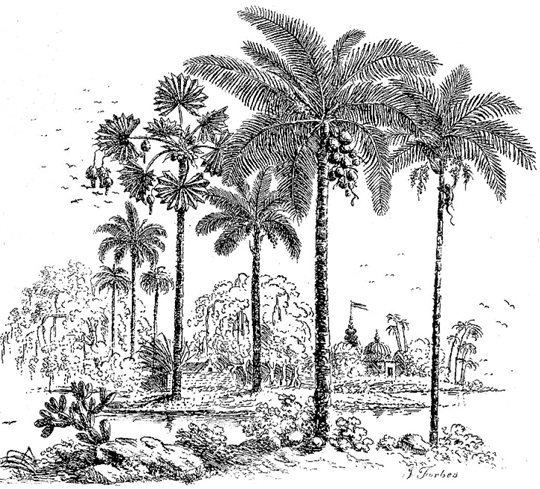
An illustration from James Forbes, Oriental Memoirs, 1813.
In my dating I have employed BCE (Before the Common Era) and CE (Common Era) in preference to the now politically incorrect BC and AD .
Wherever possible I have illustrated my text with black and white drawings and early photographs from yesterdays India. Every effort has been made to obtain clearance for their use, although in some cases it has not been possible to locate a presumed copyright holder. All who supplied photographs or helped me with information and support have, I hope, been named and thanked in my Acknowledgements and Picture Credits. All uncredited contemporary photographs were taken either by me or by my wife, Liz Allen.
The names of many people and places mentioned come in different forms and spellings according to source and language used. For example, the town in Tamil Nadu known as Trichy to the British, and as Trichinopoly to Sanskrit-based language speakers, is better known to Tamil-speakers as Tiruchirappalli (or variations in spelling thereof). Here I am sticking to the best-known version (in this case, Trichy), with the local spelling added in brackets where appropriate.
I have tried wherever possible to avoid that loaded word Aryan, with all its negative connotations. The original Vedic term was Arya and I am sticking with that in reference to the Sanskrit-speakers whose distinctive culture first emerged in Northern India about three and a half thousand years ago. Their word for their priestly caste was Brahmana. This was shortened to Brahman and then anglicised into Brahmin, which is just plain wrong. Even so, Brahmin is now common usage so Brahmin it is here.
The word Sanskritist also requires clarification. In academic terms, a Sanskritist is not simply someone who knows all the Shastras by heart but a scholar who studies them as a philologist trained in the structure of language. So Panini, the scholar credited with assembling the first Sanskrit grammar, Ashtadhyayi, could be said to be the first Sanskritist, but not the Brahmin priests who assisted him. Similarly, the great philologist Sir William Jones became in time a Sanskritist but, arguably, not so his chief pandit Ramlochan Cantaberna, the man who taught him Sanskrit at what was then the most important centre of Sanskrit learning in Bengal, Nadiya, and who afterwards joined him in Calcutta both as a language teacher and as what we would now call a Reader. This is not to downplay the role of such pandits, who were always to be found at the shoulder of every foreign linguist who ever came to India and who were in many instances extremely erudite. These pandits and munshis (language teachers) could well be described as the unsung heroes of early Indology, rarely given the credit they deserved.
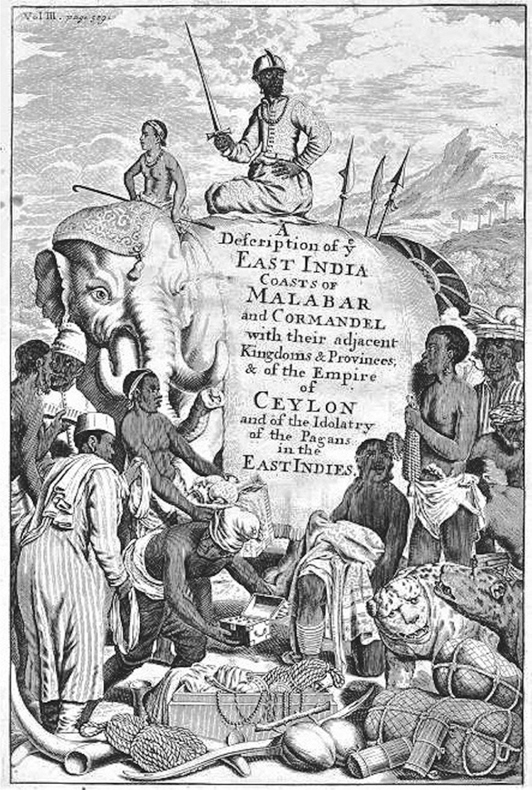
Font size:
Interval:
Bookmark:
Similar books «Coromandel: A Personal History of South India»
Look at similar books to Coromandel: A Personal History of South India. We have selected literature similar in name and meaning in the hope of providing readers with more options to find new, interesting, not yet read works.
Discussion, reviews of the book Coromandel: A Personal History of South India and just readers' own opinions. Leave your comments, write what you think about the work, its meaning or the main characters. Specify what exactly you liked and what you didn't like, and why you think so.

